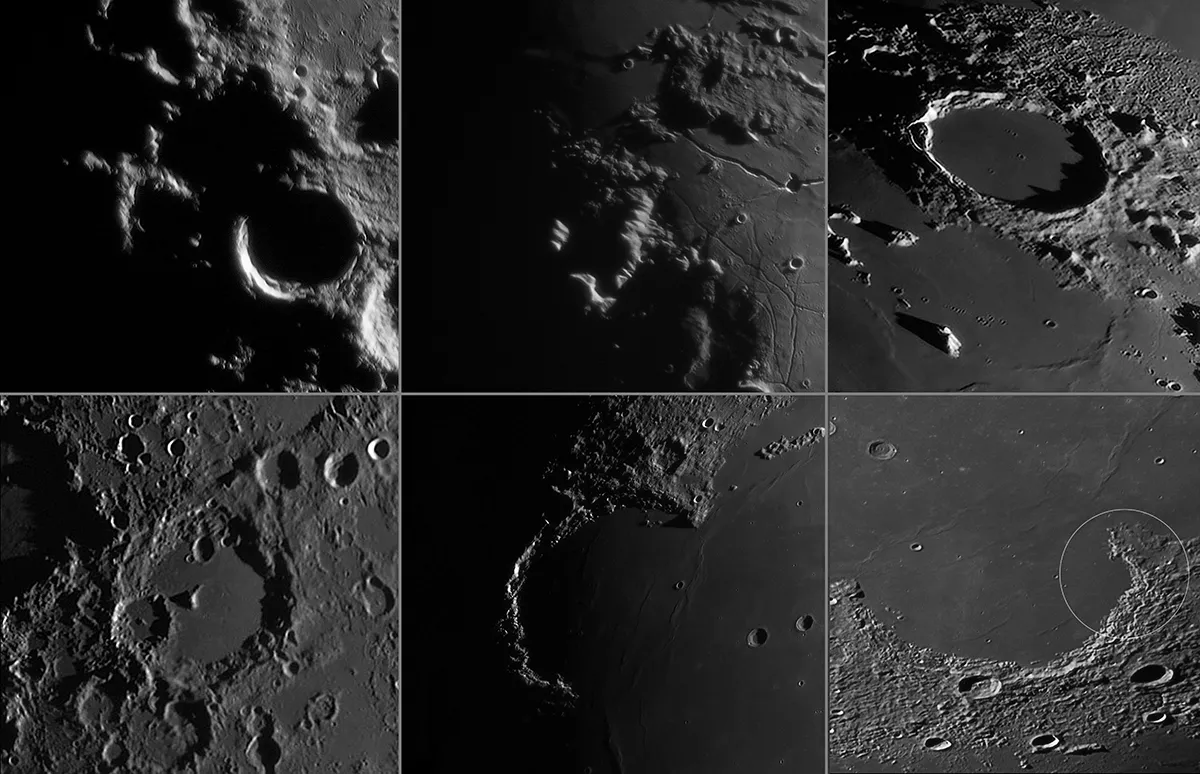A day on the Moon is very different to what we know as a day here on Earth. This is obvious when you think about it: a different body of the Solar System of a different size, with a different speed of rotation.
Just as a day on Mars is different from a day on Earth, so too is a day on the Moon.
But there are two ways of answering this question, so first let's take planet Earth as an example.
Find out how long it takes to walk round the Moon and how long to travel around the world.

Sidereal days
Earth is tilted at an angle of 23.4 degrees and spins on its axis at a speed of 1,670 km/h, one spin taking 23 hours, 56 minutes, and 4 seconds.
This is a sidereal day, which is the measurement of time using a distant star (not the Sun) as a reference point and the time the star appears to take to make one (apparent) revolution around the Earth.

Solar or synodic day
If we use the Sun as a reference point and measure the length of time from noon to noon, when the Sun passes through the celestial meridian or its highest point in the sky, the difference in time is 4 minutes longer than a sidereal day.
This is because as Earth completes one rotation on its axis, it will have also moved along its orbit by over 2.5 million kilometres, meaning that the Sun will not be in the same position in the sky at the end of a rotation.
The Earth must rotate for a further 4 minutes to make up for this shortfall in time. This is called a solar or synodic day.

A day on the Moon
The same principles can be applied to the Moon and other bodies in the Solar System.
The Moon orbits Earth at a speed of 1.022km/s and completes its elliptical orbit approximately every 27.3 Earth days.
The Moon takes the same amount of time to rotate as it does to complete one orbit around Earth through a process called synchronous rotation or tidal locking, which is why we always see the same side of the Moon.
A sidereal day on the Moon lasts 27.3 Earth days – the time it takes to make one rotation on its axis.
When considering the length of a synodic day on the Moon, we must remember that the Earth and Moon are advancing around the Sun at the same time.
One lunar day, the length of a full day-night cycle, lasts 29.5 Earth days.
The extra 2.2 days is the time it takes for the Moon to catch up on its rotation and allow the Sun to return to the same position in the Moon’s sky, much like a synodic day on Earth.
Sunlight and shadow on the Moon

As the Moon, Earth and Sun move in their orbital positions around each other, the amount of sunlight that our celestial neighbour receives on its surface varies.
Its changing position causes the Sun to illuminate different regions of its surface producing eight different shapes, or phases – New Moon, Waxing Crescent, First Quarter, Waxing Gibbous, Full Moon, Waning Gibbous Last Quarter and Waning Crescent.
It also causes different features on the Moon's surface to be lit or in shade at different times, creating beautiful clair-obscur effects that can be seen from Earth.
Find out how the Moon's features compare to Earth's

The lunar phases had to be taken into careful consideration during the planning of the Apollo Moon landings.
All the landings took place soon after local sunrise because the lunar surface was cool, and the long shadows thrown by the terrain made navigation easier.
At any given point on the Moon, daylight would last two weeks, followed by two weeks of lunar night.
If you were standing on the nearside of the Moon, you would see Earth rotate and enjoy Earth phases, much like the lunar phases we see.

